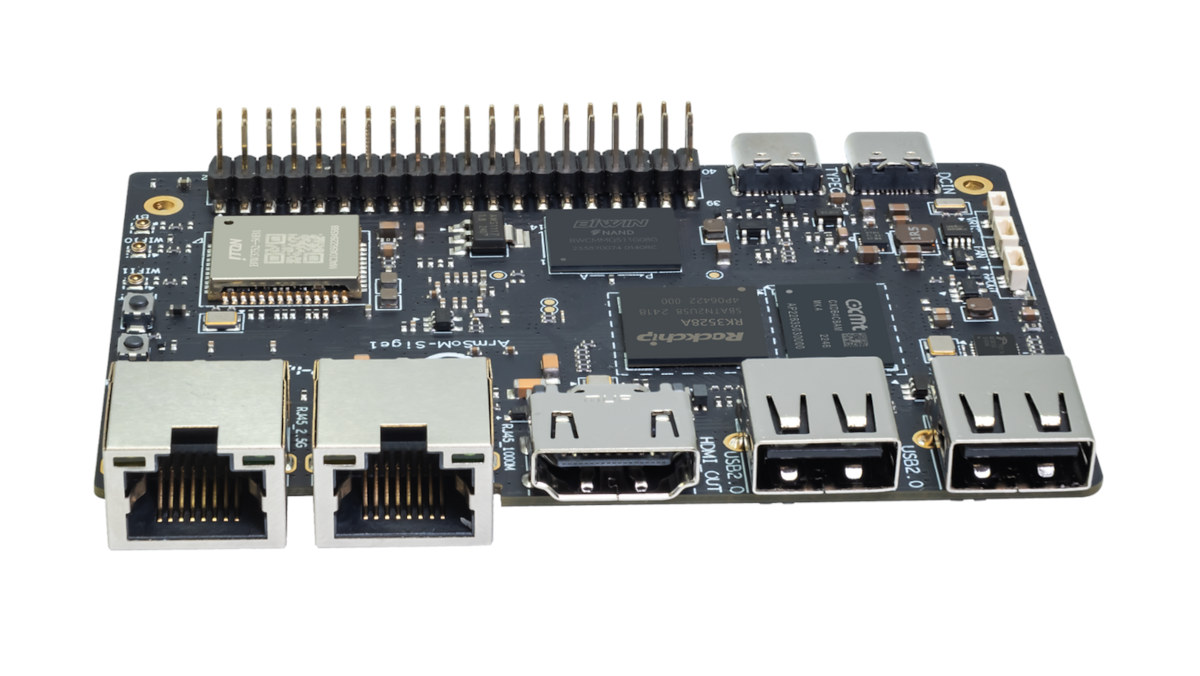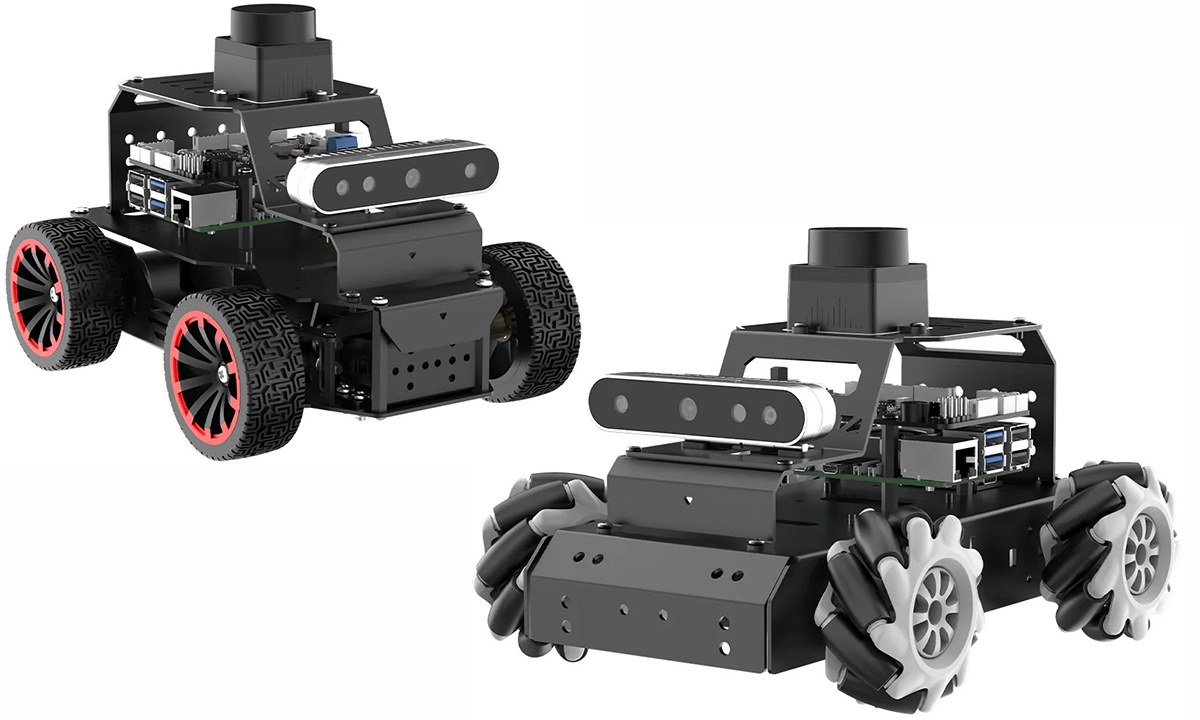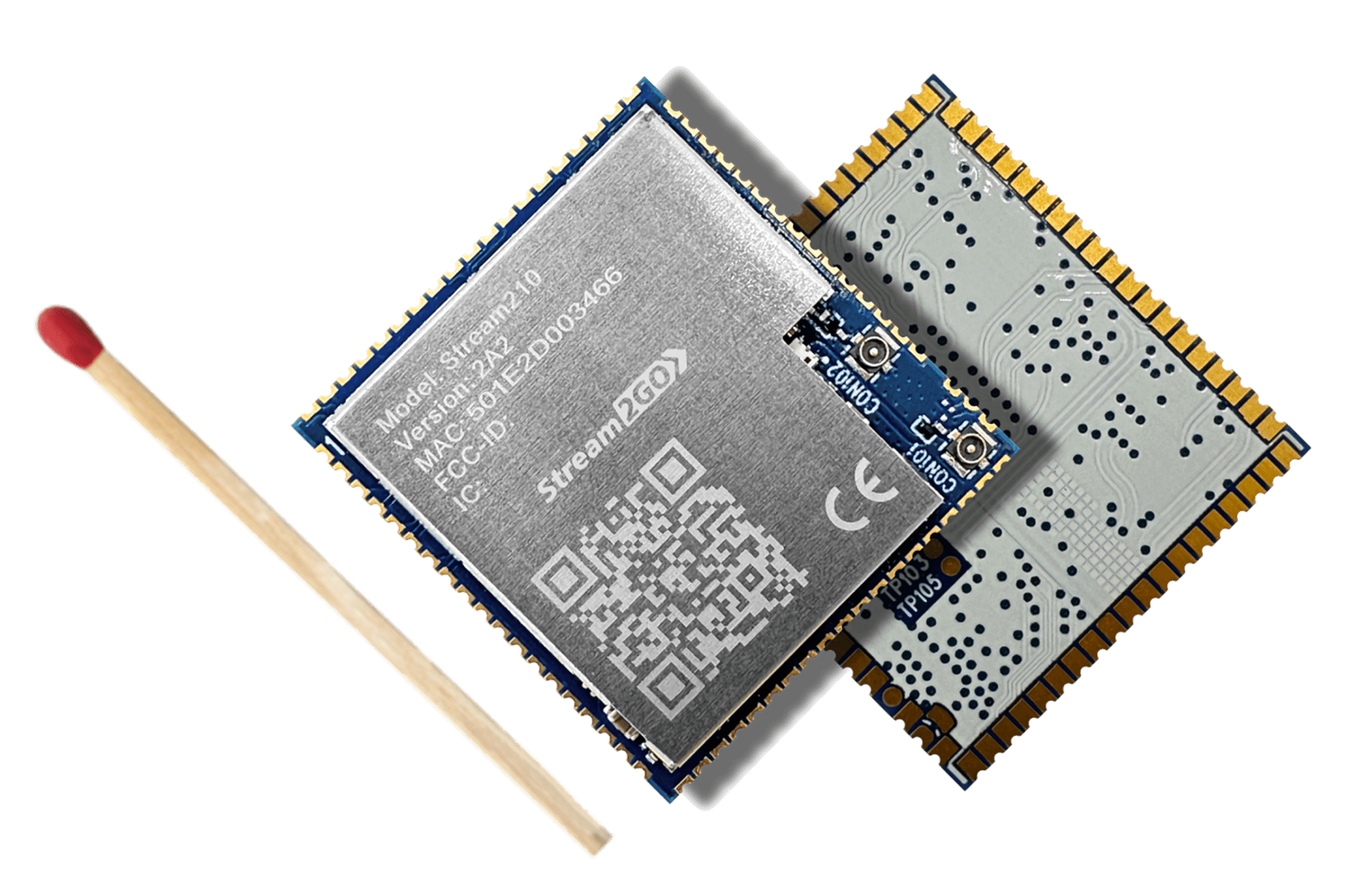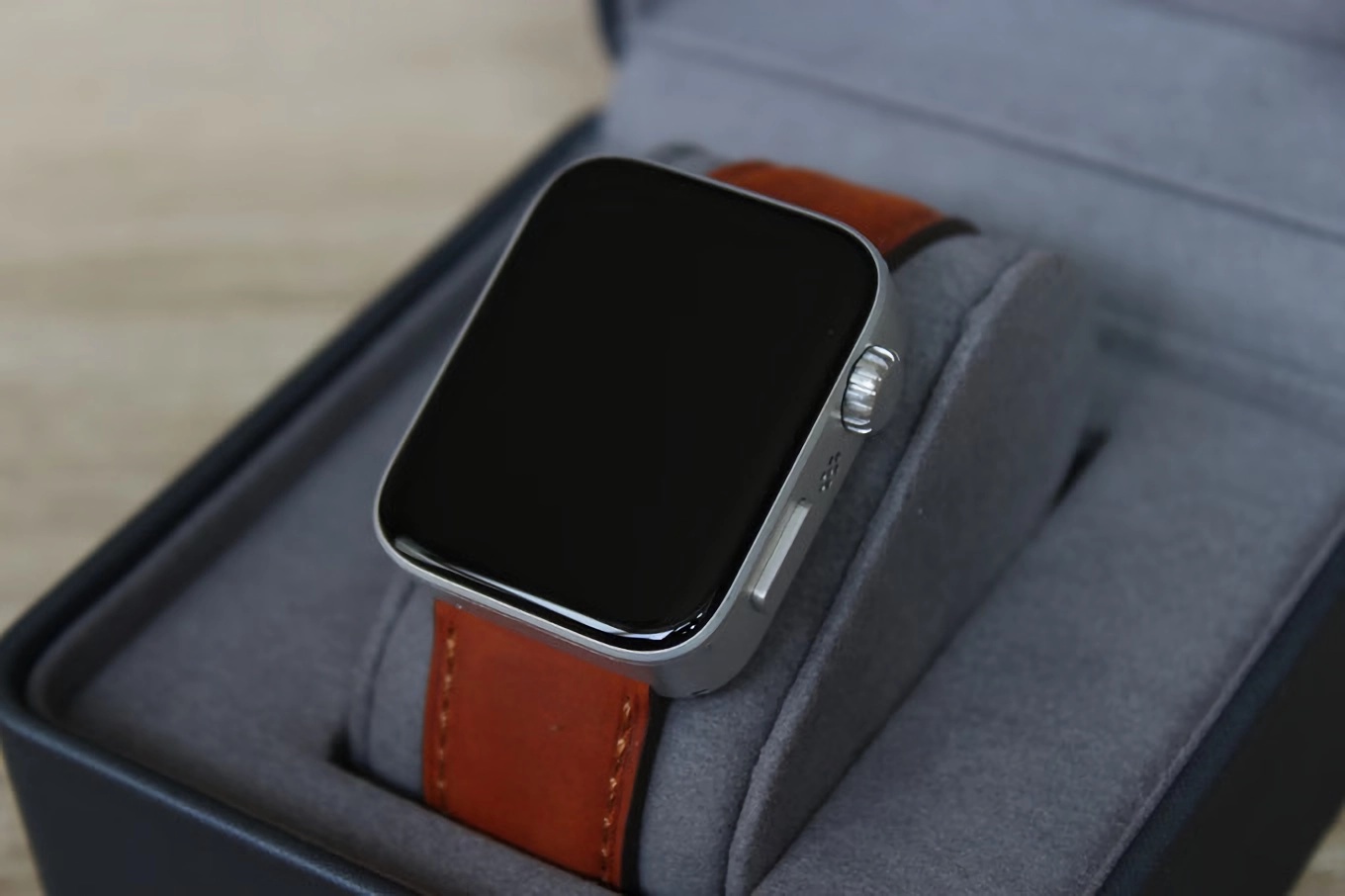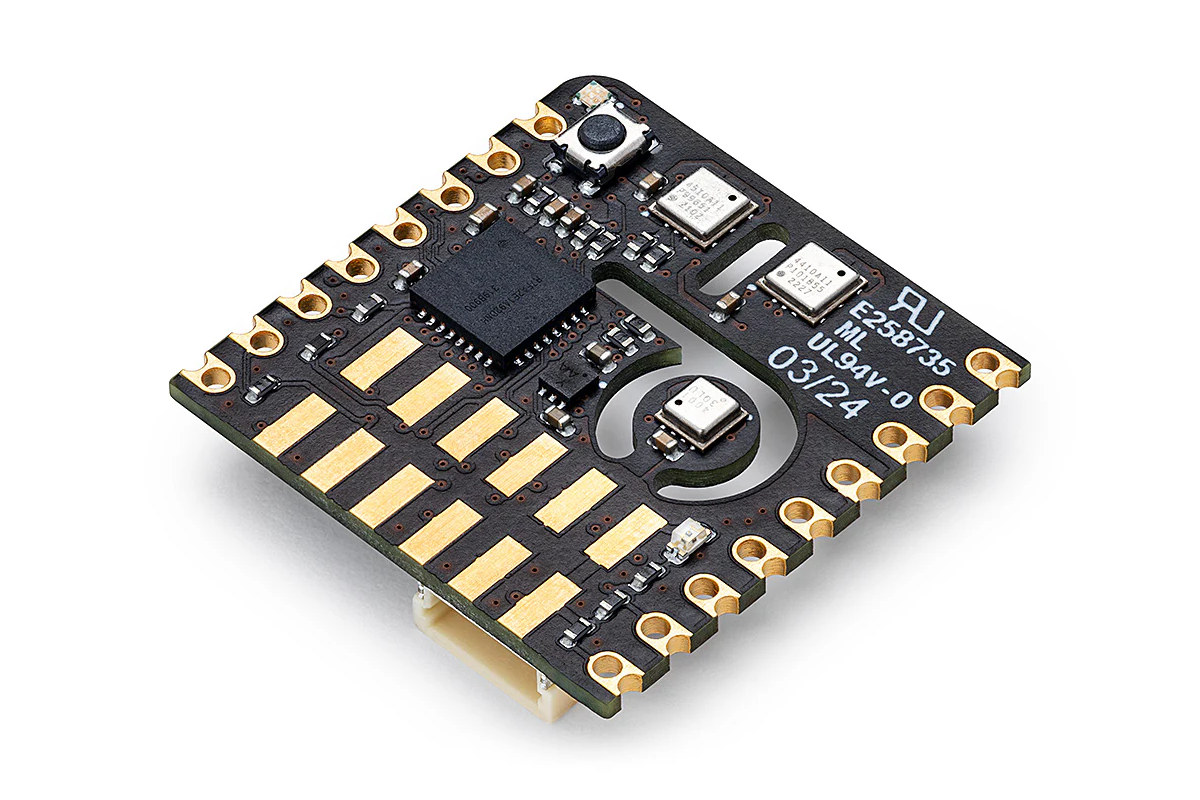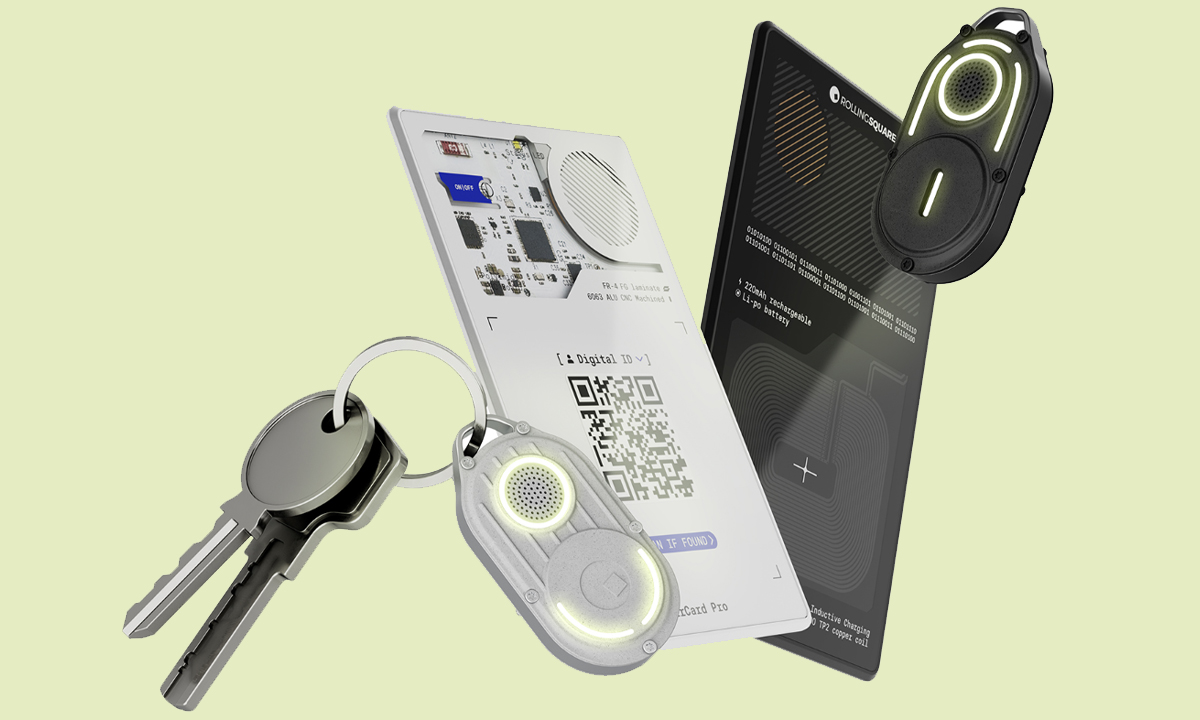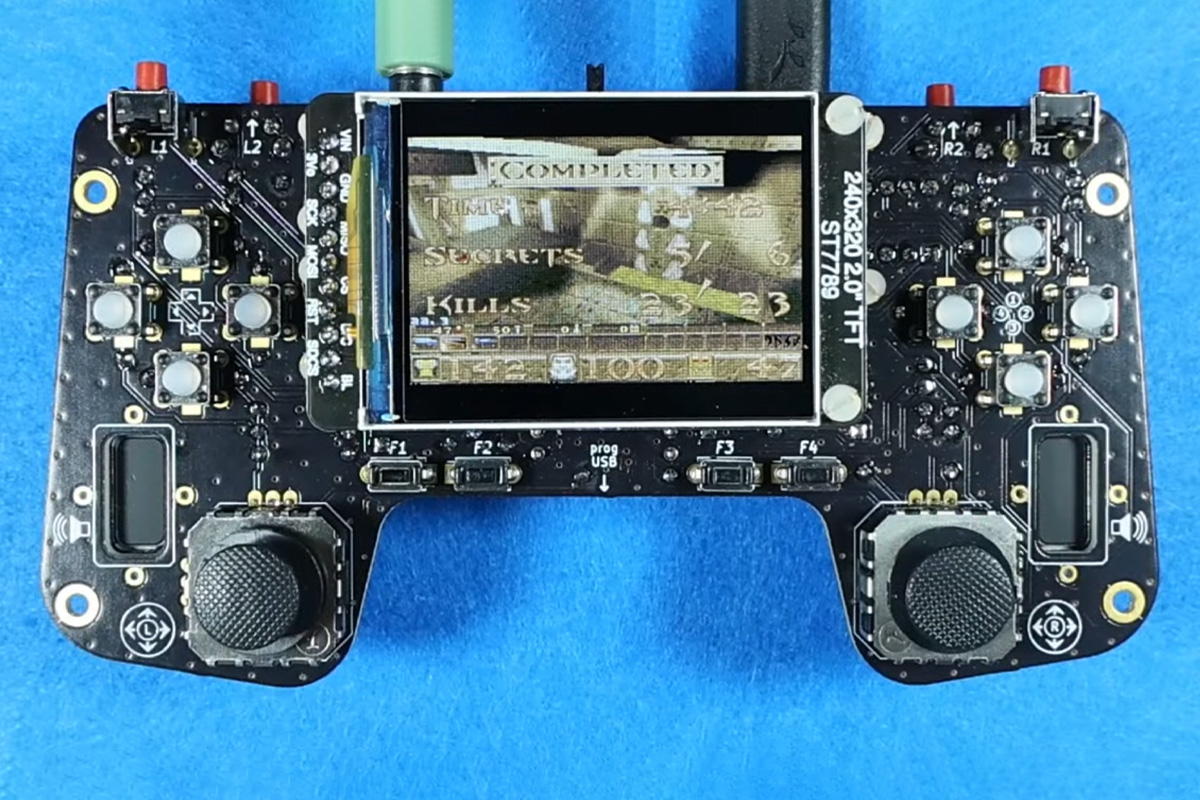[Update December 22: The project was previously called FlexiPi, but Raspberry Pi considered it infringed on its trademarks, so the name was changed to RP2040 FlexiBoard instead]. RP2040 FlexiBoard is a bendable Raspberry Pi RP2040 board made of flexible PCB with the same layout as the original Raspberry Pi Pico, but featuring a USB-C port instead of a micro USB port on the official board. This follows the Flexduino flex PCB clone of the Arduino UNO made by “EDISON SCIENCE CORNER”, but the smaller design of “TOP Gadgets” RP2040 FlexiBoard may make it potentially more useful since it could be inserted into tight or round enclosures. RP2040 FlexiBoard specifications: MCU – Raspberry Pi RP2040 dual-core Cortex-M0+ microcontroller @ 48 MHz (overclockable to 133 MHz) with 264KB SRAM Storage – 2MB QSPI flash USB – 1x USB Type-C 1.1 port used for power and programming Expansion 2x 20-pin 2.54mm pitch header […]
Banana Pi BPI-M1S RK3528 SBC features HDMI 2.0, 2.5GbE, WiFi 6, and more
The Banana Pi BPI-M1S, also known as the ArmSoM-Sige1, is a low-profile single board computer (SBC) based on the Rockchip RK3528 quad-core Cortex-A53 SoC initially designed for entry-level 4K TV boxes. Contrary to the two other RK3528(A) SBCs we’ve covered, namely the Radxa Rock E20C and FriendlyELEC NanoPi Zero2 focusing on low-cost and small footprint for headless networked applications, the Banana Pi BPI-M1S integrates more features such as HDMI 2.0 for 4K video output and audio, 2.5GbE and WiFi 6 networking, and a 40-pin GPIO header for expansion. Banana Pi BPI-M1S specifications: SoC – Rockchip RK3528 CPU – Quad-core Arm Cortex-A53 @ 2.0 GHz GPU – Arm Mali-G450 GPU with support for OpenGL ES1.1, ES2.0, and OpenVG 1.1 APIs VPU H.264, H.265, and AVS2 decoder up to 4Kp60 H.264 and H.265 encoder up to 1080p60 Memory – 4GB LPDDR4x Storage 32GB eMMC flash (by default) MicroSD card slot Video Output – […]
MentorPi is a ROS2-compatible, Raspberry Pi 5-based robot car with Mecanum or Ackermann chassis
MentorPi is a ROS2-compatible robot car powered by the Raspberry Pi 5, designed for AI-driven robotics and Python programming. It offers two chassis options: MentorPi-M1, which features a Mecanum-wheel chassis, and MentorPi-A1, equipped with an Ackermann chassis. Both variants come with high-performance components such as closed-loop encoder motors, STL-19P TOF lidar, 3D depth cameras, and high-torque servos. These enable precise navigation, SLAM mapping, path planning, and dynamic obstacle avoidance, making MentorPi an ideal platform for robotics tasks. The system utilizes a dual-controller architecture to optimize performance. The Raspberry Pi 5 handles AI vision processing and strategic functions, while Hiwonder’s RRC Lite expansion board manages motion control and sensor data processing. This task distribution enhances efficiency in machine vision, AI-powered navigation, and robotic control, allowing MentorPi to tackle complex AI and vision-based applications with ease. MentorPi also supports advanced features like 3D visual mapping and YOLOv5-based object detection for recognizing road […]
Realtek Ameba RTL8730E Cortex-A32 audio streaming module offers a cost-effective solution for wireless audio applications
StreamUnlimited and Realtek Semiconductor Corp have collaborated on the Stream210 audio streaming module based on the Ameba Smart RTL8730E Arm Cortex-A32 chip from the Ameba E series, with support for Wi-Fi 6, Bluetooth 5.3, and Matter for edge computing and IoT solutions. We have looked at previous Ameba IoT products, such as the Ameba RTL8722DM development board, Ameba Arduino, Ameba RTL8195AM module, and the Ameba RTL8710BN. The Ameba Smart chip is the first entry in the series to feature a Cortex-A32 processor. The Stream210 module is aimed at various audio and IoT applications, including digital radios, streaming audio receivers, wireless speakers, smart speakers, home automation products, and Wi-Fi headphones. Other wireless audio modules we’ve covered in the past include the Up2Stream Pro HiFi board, TTGO T9, and 8devices’ Tobufi module. Stream210 specifications: SoC – Ameba Smart RTL8730E dual-core Arm Cortex-A32 processor @ 1.3GHz Memory – 2Gbit RAM Storage – 2Gbit […]
Spectra is a customizable, JavaScript ESP32-S3 and nRF52832 smartwatch (Crowdfunding)
Spectra is a JavaScript-based hackable smartwatch based on the ESP32-S3 WiFi and Bluetooth microcontroller that aims to offer the quality of high-end consumer smartwatches with the repairability of a maker-targeted device. The Spectra smartwatch combines the ESP32-S3 microcontroller with a Nordic Semi nRF52832 co-processor to optimize the battery life. The ESP32-S3 is maxed out with 8MB of RAM and 32MB of external flash memory, and the microSD card slot in the watch supports up to a 512GB memory card. It shares a similar concept with the Bangle.js and the Bangle.js 2 customizable smartwatches. According to the maker, Spectra is not bound to be fully open-source, since the project uses “external proprietary code [they] aren’t allowed to share.” They plan to publish Arduino libraries and hardware design files, but there is no live GitHub repository yet. Other hackable smartwatches include the TinyWatch S3, the ZSWatch, and the Sensor Watch Pro. Spectra […]
Arduino Nicla Sense Env module features temperature, humidity, and gas sensors from Renesas
Arduino Nicla Sense Env is a new sensor module with temperature, humidity, and gas (TVOC, NO2, O3) sensing that follows the launch of the Arduino Nicla Sense ME (Motion & Environment) module over three years ago (2021). The implementation of the new module is quite different since the ME module relies on Nordic Semi nRF52832 Cortex-M4 microcontroller and Bosch SensorTech motion and environmental sensor, but the new Nicla Sense Env module is made of parts from Renesas namely the RA2E1 Cortex-M23 microcontroller, the HS4001 humidity and temperature sensor, the ZMOD4410 gas sensor for TVOC and indoor air quality, and the ZMOD4510 gas sensor for NO2, O3, and outdoor air quality. Arduino Nicla Sense Env (ABX00089) specifications: MCU – Renesas RA2E1 Arm Cortex-M23 entry-line microcontroller (not accessible or programmable by the user) CPU core – Arm Cortex-M23 core up to 48 MHz Memory – 16KB SRAM Storage – 128KB flash Sensors […]
AirCard Pro and AirNotch Pro Bluetooth trackers support Google/Apple network integration (Crowdfunding)
Rolling Square introduces its latest Bluetooth trackers – AirNotch Pro and AirCard Pro – designed for use with personal items like keys, wallets, bags, and more. Both trackers are designed for portability, and the AirNotch Pro is designed as a keyring, while the AirCard Pro suits wallets with a thinner, credit card-like design. The products integrate into Apple and Google’s tracking networks, with some features currently limited to Apple. Previously, we covered the SenseCAP T1000, a credit card-sized LoRaWAN GPS tracker powered by Semtech’s LR1110. Several years ago we covered some Bluetooth beacons such as the Puck.js or RuuviTag, but we have yet to explore Bluetooth-only trackers with wireless charging capabilities. Rolling Square AirCard Pro Bluetooth trackers AirCard Pro technical features: Network White version – Operates on Google’s Android Find My Device network (Android 6 or above) Black version – Operates on Apple Find My network (iOS 14 or above) […]
Arduino Nano Matter powered gamepad runs Quake at 27 FPS
Silicon Labs Solutions architect Nicola Wrachien has designed an Arduino Nano Matter gamepad for which he was successfully able to port Quake, a popular first-person shooter game. We have seen developers and engineers port doom on everything from toothbrushes to GPS receivers. Wrachien was previously able to port Doom on a Sparkfun Thing Plus Matter MGM240P at Silicon Labs’ 30th-anniversary celebration. But to make things more interesting and challenging he wanted to see if Quake could be run on the same MGM240SD22VNA MCU, and he succeeded. In the end, he could not only run the game, but he also implemented improved graphics (better than Doom), better physics, 3D rendering, and much more. This gamepad is built around an Arduino Nano Matter board which features MGM240SD22VNA MCU from Silicon Labs, along with 256KB of RAM, which is very low compared to Quake’s original system requirements which is a minimum of 8MB […]



